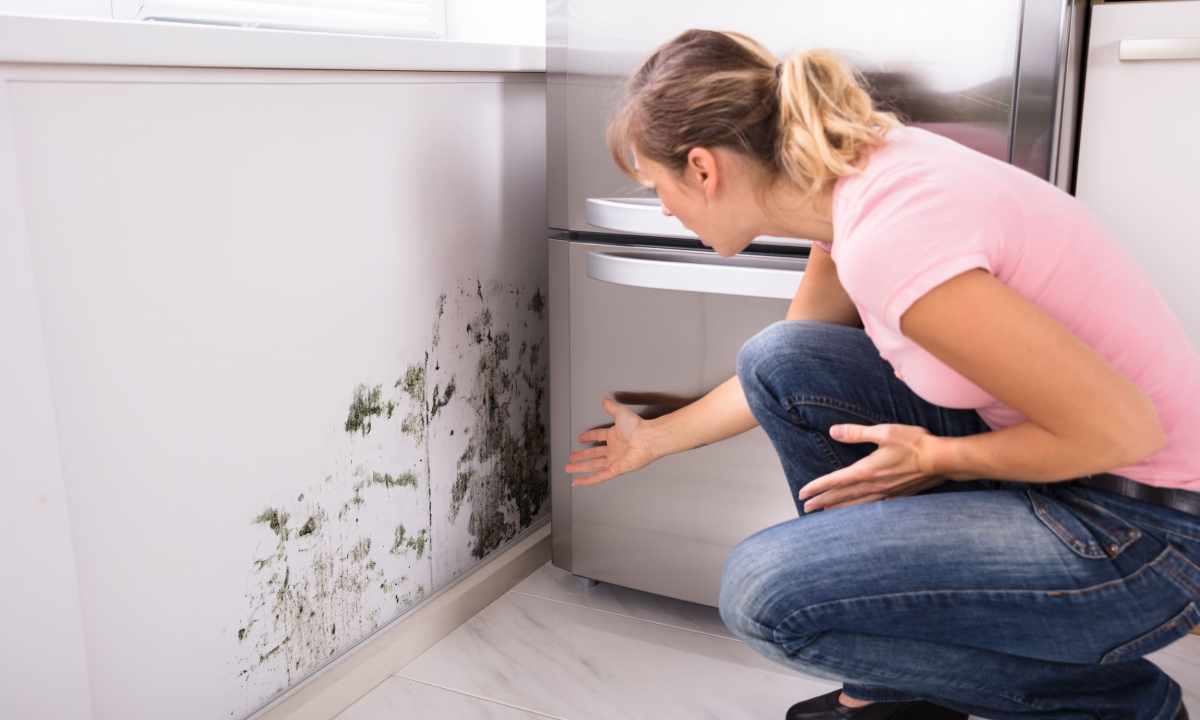With approach of fall, prior to the beginning of heating season, citizens face such problem as humidity of walls in the apartment. It leads to formation of fungus and mold, and further — to destruction of designs.
It is required to you
- - palette;
- - brush;
- - metal brush;
- - sealing paint;
- - fungicide;
- - quick-drying cement;
- - hydrophobisator.
Instruction
1. First of all find out the reason of humidity and eliminate it. Provide good ventilation of the room, repair rain water pipe and trenches (if their integrity is broken), file to management company petition for seal of intertiled seams, repair untight pipelines.
2. Block way to moisture and build so-called waterproof veil. For this purpose use two-pot paint which consists of epoxy resins. It will perfectly protect walls from microorganisms and fungi. Besides, such paint is capable to decorate walls especially as many efforts for this purpose are not made.
3. Take metal brush and smooth out all perimeter of wall, having removed with that dust and products of erosion. If walls are covered with plaster, moisten them by means of the roller and after a while clean. In the presence of fungus or mold process walls fungicide, clean off scraper and put repeated layer, let's it dry. If after these procedures the wall has kept dampness traces, cover its surface with thin layer of quick-drying cement. Use for this purpose the wide palette.
4. Carefully stir sealing paint by means of special nozzle on drill. As paint and varnish products differ in the fragility, prepare small amount of paint, if necessary, a bit later, prepare the next portion. Moisten the roller in paint and apply with fast movements on wall surface. It is necessary to walk two-three times. You put repeated dabs perpendicularly in relation to the first layer.
5. For protection of walls against dampness it is possible to use water-repellent protector – the hydrophobisator. After processing of walls this means the dampness and fungus will disappear, will become indoors much warmer, and costs of heating will decrease. The hydrophobisator gets deep into walls at the correct processing and does not allow it to absorb water. Unlike paint, this means does not form film on surface of walls, and life cycle fluctuates up to fifteen years.

